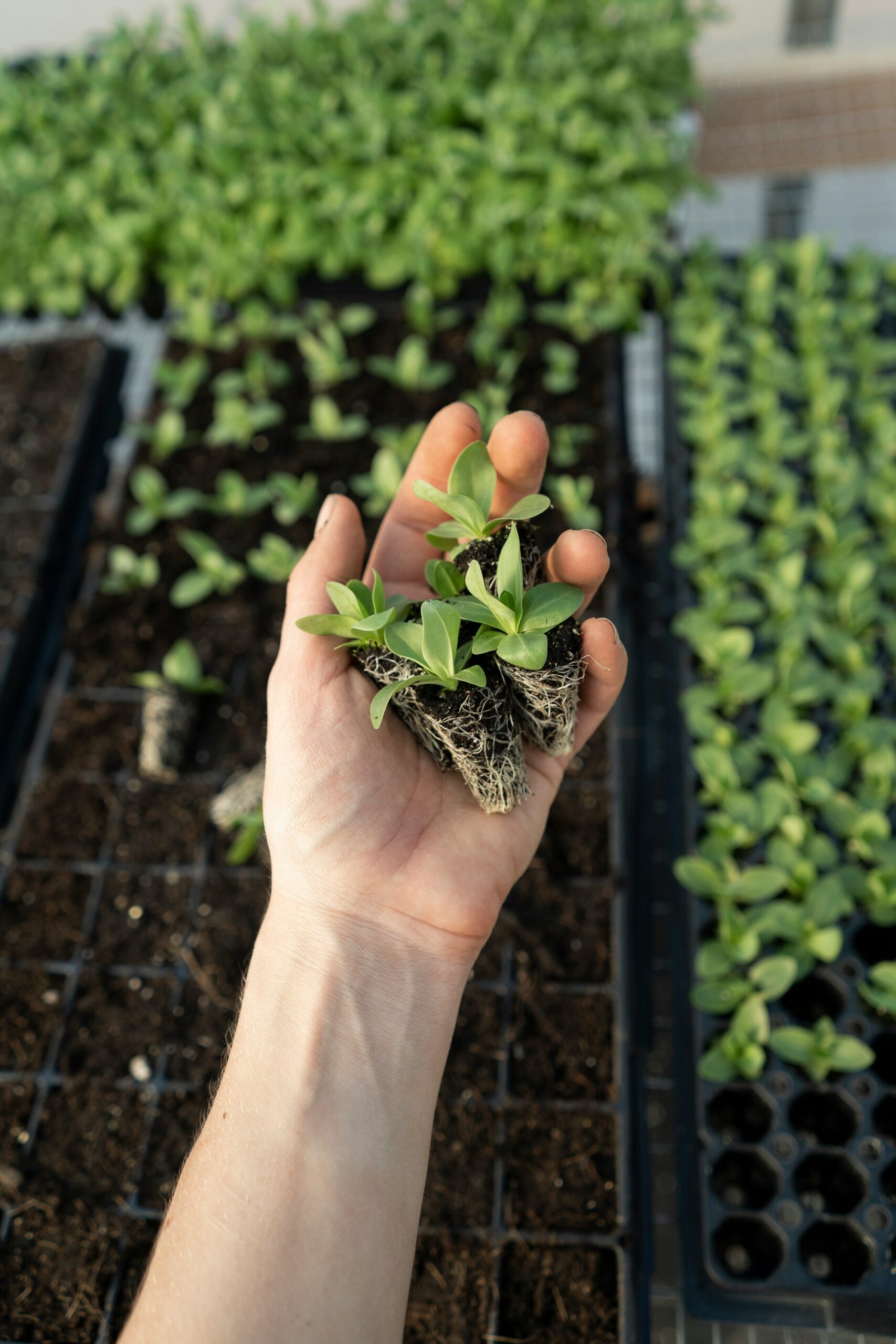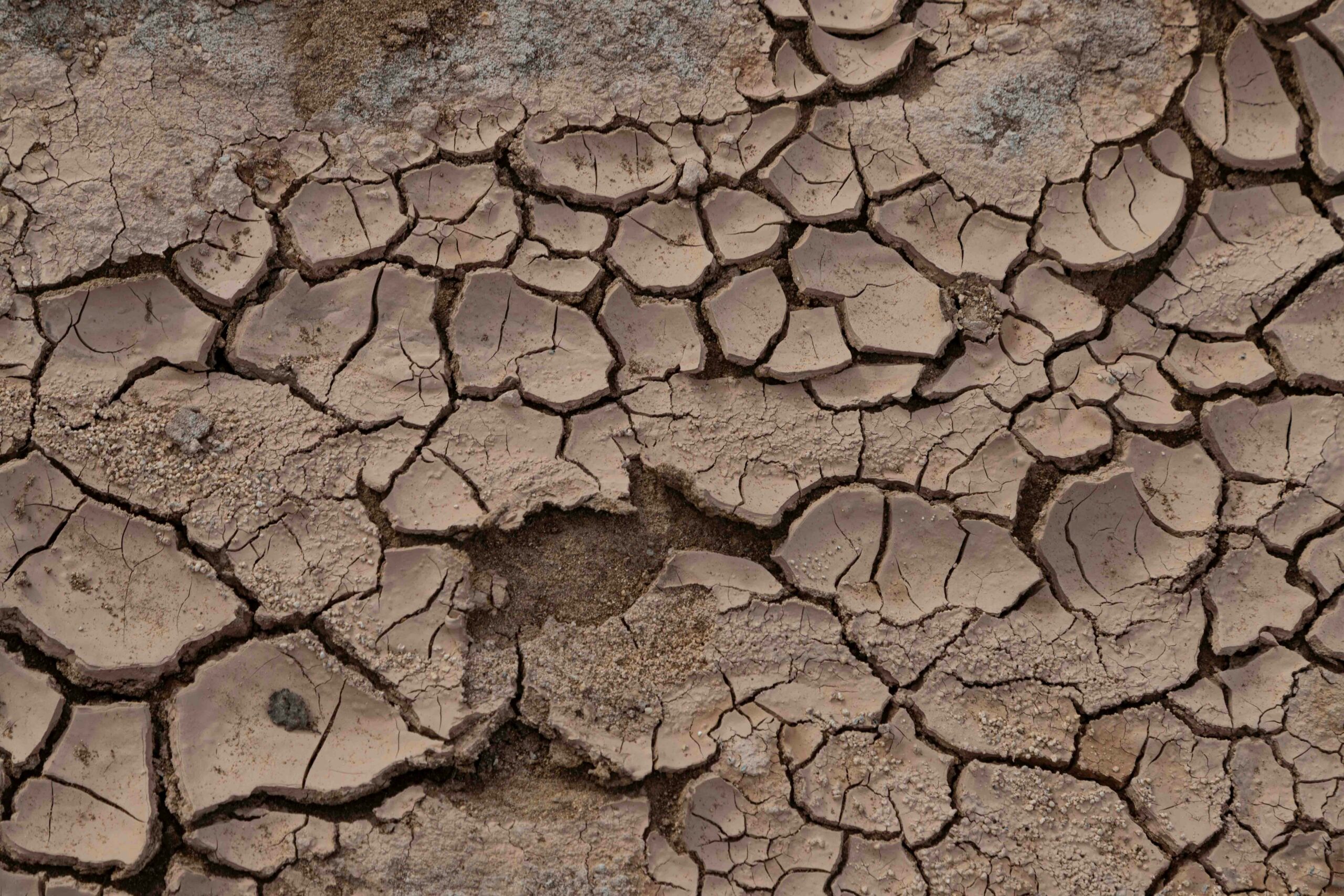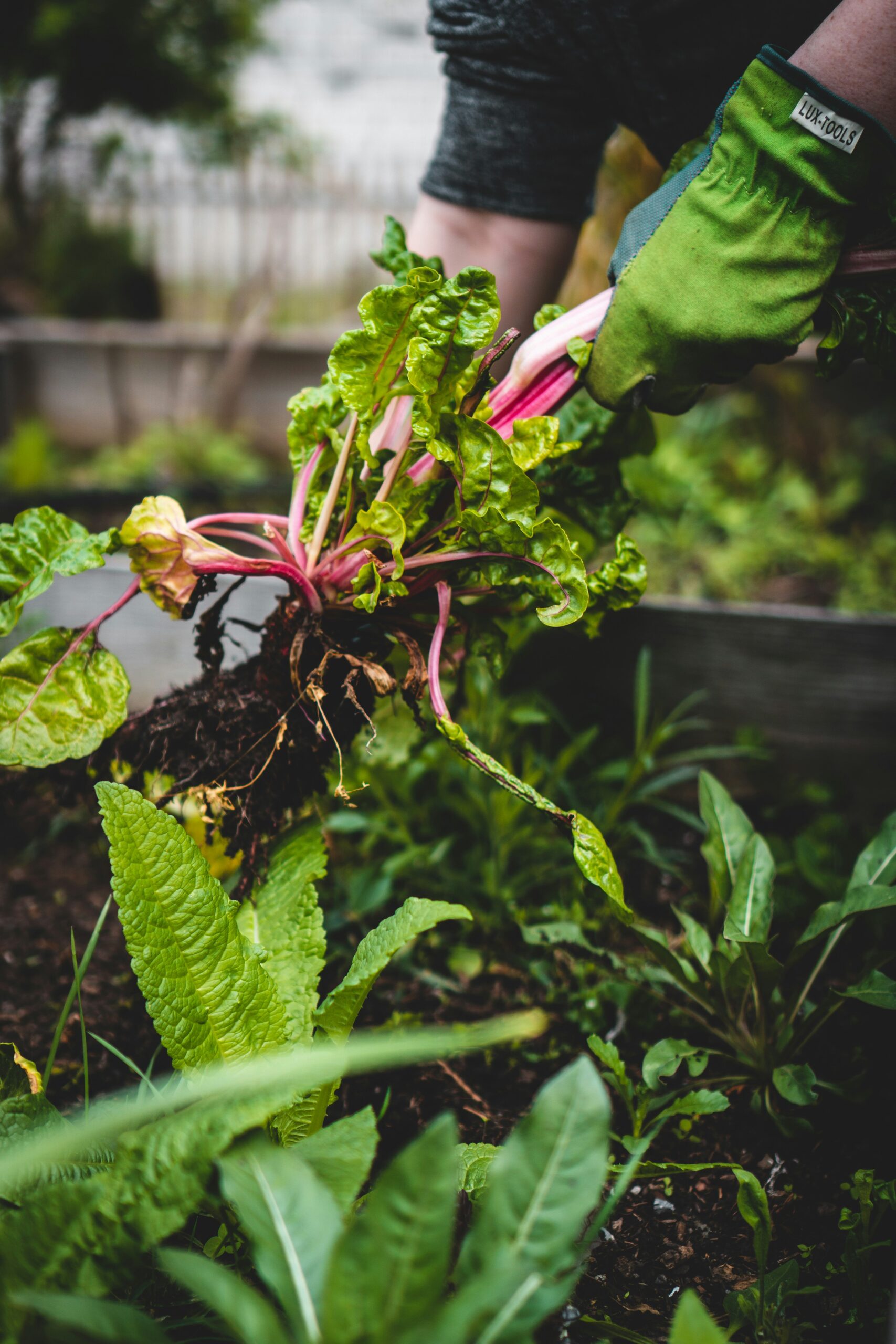Introduction to Pasture Management Efficient pasture management is crucial for maintaining sustainable livestock farming. It involves various practices that enhance forage quality, improve animal health, and increase overall productivity. This blog post outlines the best strategies for managing pastures effectively. Soil Health and Fertility One of the most important aspects of pasture management is ensuring soil health and fertility. Regular testing of soil pH and nutrient levels can guide appropriate fertilization practices. Implementing crop rotation and cover cropping not only improves soil structure but also enhances nutrient availability for pasture grasses. Grazing Techniques Utilizing proper grazing techniques is another best practice for effective pasture management. Techniques such as rotational grazing help prevent overgrazing and promote even pasture utilization. By dividing pastures into smaller paddocks, livestock can graze one area while allowing others to recover. This practice aids in maintaining plant vigor and improving overall pasture health. Monitoring and Evaluation Consistent monitoring of forage growth and livestock health is essential in managing pastures effectively. Keeping track of changes in grazing patterns and pasture condition can inform decisions on when to rotate pastures and how to adjust grazing intensity. Regular evaluations provide insights that contribute to refining pasture management strategies over time. In conclusion, implementing these best practices in pasture management can significantly enhance the overall sustainability of livestock farming. By focusing on soil health, using effective grazing techniques, and monitoring pasture conditions, farmers can optimize their operations and ensure productive and healthy pastures for their livestock.
- +260-76-459-8985
- mupunduenergy@mdware.co.uk
- Plot No. 2344, Lelayi LSK, ZM













